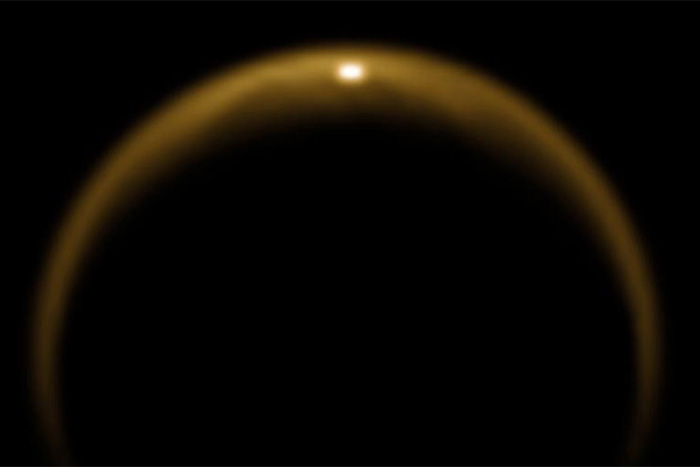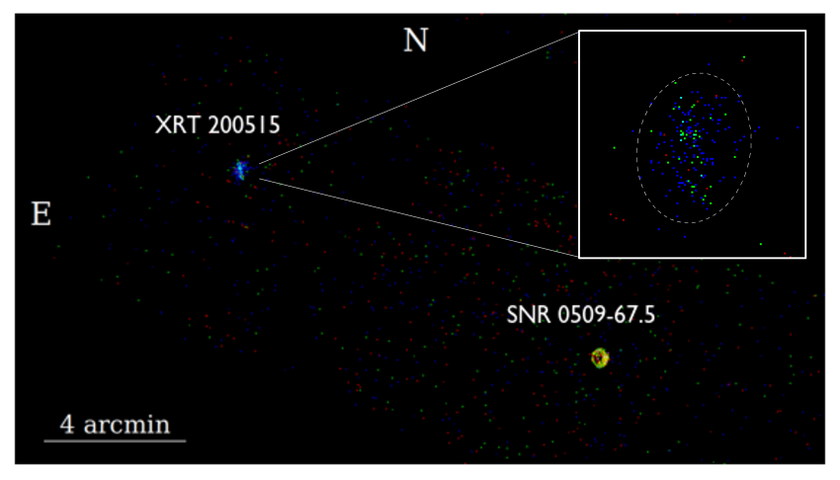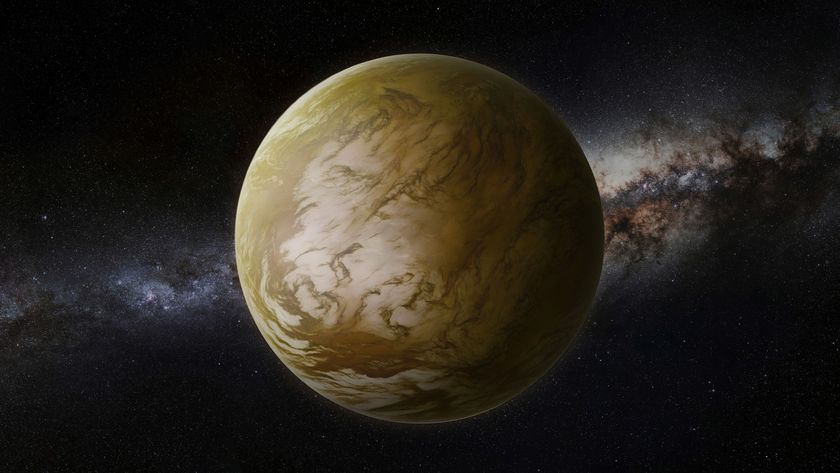One of Titan's Strange Seas is Pure Methane

A new study of eight years of radar data collected by the Saturn-orbiting Cassini spacecraft shows that the planet's largest moon, Titan — the only other body in the solar system besides Earth where liquids pool on the surface — has a sea of pure methane.
PHOTOS: 10 Years Later: When Huygens Landed on Titan
Before Cassini, scientists had expected Titan's seas to be dominated by ethane, since sunlight breaks apart methane and converts it into the more complex ethane hydrocarbon.
Instead, Alice Le Gall, a Cassini scientist at France's LATMOS research laboratory, and colleagues discovered that Ligeia Mare, Titan's second-largest sea, is almost pure methane.
Scientists suspect that methane rain may be regularly filling the sea, or that ethane is locked in the sea's crust, or flowing into the adjacent sea, according to a press release about the study, which was published in the March 11 issue of Journal of Geophysical Research Planets.
PHOTOS: Where in the Solar System is it Possible for Alien Life?
The findings are based on radar observations made by Cassini between 2007 and 2015. Those measurements of heat given off by Ligeia Mare were combined with results of a 2013 experiment that bounced radar waves off the seafloor, which allowed scientists to estimate the sea's depth.
Get the Space.com Newsletter
Breaking space news, the latest updates on rocket launches, skywatching events and more!
Ligeia Mare, which turns out to be as deep as 525 feet, also likely sports a layer of organic-rich sludge on its floor, the scientists said.
"It's a marvelous feat of exploration that we're doing extraterrestrial oceanography on an alien moon," Cassini scientist Steve Wall, with NASA's Jet Propulsion Laboratory in Pasadena, Calif., noted in the press release.
ANALYSIS: Cassini Spies a Sunny Day on Titan’s Seas
Cassini, which has been studying the Saturn system for almost 12 years, has revealed that almost 2 percent of Titan’s 620,000 square miles of real estate are covered in liquid.
The moon has three large seas, all located in the northern polar region, that are surrounded by small lakes. So far, just one large lake has been found in Titan's southern hemisphere.
Originally published on Discovery News.
Join our Space Forums to keep talking space on the latest missions, night sky and more! And if you have a news tip, correction or comment, let us know at: community@space.com.

Irene Klotz is a founding member and long-time contributor to Space.com. She concurrently spent 25 years as a wire service reporter and freelance writer, specializing in space exploration, planetary science, astronomy and the search for life beyond Earth. A graduate of Northwestern University, Irene currently serves as Space Editor for Aviation Week & Space Technology.


